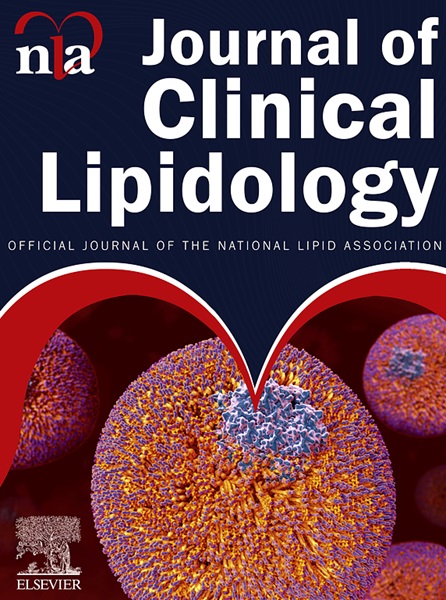Youth-onset type 2 diabetes: Advances, treatments, and challenges in prevention
IF 4.6
3区 医学
Q2 PHARMACOLOGY & PHARMACY
引用次数: 0
Abstract
BACKGROUND
Youth-onset type 2 diabetes (YOT2D) rates have increased dramatically in the last 20 years paralleling the increase in obesity. The primary pathophysiology is insulin resistance (IR) linked directly to obesity and inflammation within adipose depots. Adipose inflammation and dysfunction lead to increases in triglycerides (TGs) and free fatty acids (FFAs) that in turn impact glucose utilization in other key tissues such as the liver and skeletal muscle.
SOURCES OF MATERIAL
Screening for diabetes risk in youth is difficult as the current diagnostic criteria yield very few cases that actually progress to overt diabetes, and prevention strategies to delay the onset of YOT2D are lacking.
ABSTRACT OF FINDINGS
Identifying the progression towards and early diagnosis of YOT2D is paramount as it is much more aggressive than adult-onset T2D, including early signs of beta cell failure, necessitating rapid intensification of therapy to avoid later complications. Recently, the pharmacologic options for treatment of those <18 years of age have increased which is anticipated to improved outcomes.
CONCLUSION
Identifying specific factors in youth at the highest risk for progression to youth-onset T2D is needed to move toward more effective prevention and therapeutic strategies with the goal of maintaining health and wellness of this vulnerable population.
青少年2型糖尿病:预防的进展、治疗和挑战
背景:在过去的20年里,青少年2型糖尿病(YOT2D)的发病率急剧上升,与肥胖的增加同步。主要病理生理学是胰岛素抵抗(IR),与肥胖和脂肪库炎症直接相关。脂肪炎症和功能障碍导致甘油三酯(tg)和游离脂肪酸(FFAs)的增加,进而影响肝脏和骨骼肌等其他关键组织对葡萄糖的利用。青少年糖尿病风险筛查是困难的,因为目前的诊断标准很少产生实际进展为显性糖尿病的病例,并且缺乏延迟YOT2D发病的预防策略。发现鉴别YOT2D的进展和早期诊断是至关重要的,因为它比成人发病的T2D更具侵袭性,包括早期β细胞衰竭的迹象,需要快速强化治疗以避免后期并发症。最近,18岁以上患者的药物治疗选择有所增加,这有望改善预后。结论:需要确定青少年发展为青年型T2D风险最高的特定因素,以制定更有效的预防和治疗策略,以保持这一弱势群体的健康和福祉。
本文章由计算机程序翻译,如有差异,请以英文原文为准。
求助全文
约1分钟内获得全文
求助全文
来源期刊
CiteScore
7.00
自引率
6.80%
发文量
209
审稿时长
49 days
期刊介绍:
Because the scope of clinical lipidology is broad, the topics addressed by the Journal are equally diverse. Typical articles explore lipidology as it is practiced in the treatment setting, recent developments in pharmacological research, reports of treatment and trials, case studies, the impact of lifestyle modification, and similar academic material of interest to the practitioner.
Sections of Journal of clinical lipidology will address pioneering studies and the clinicians who conduct them, case studies, ethical standards and conduct, professional guidance such as ATP and NCEP, editorial commentary, letters from readers, National Lipid Association (NLA) news and upcoming event information, as well as abstracts from the NLA annual scientific sessions and the scientific forums held by its chapters, when appropriate.

 求助内容:
求助内容: 应助结果提醒方式:
应助结果提醒方式:


